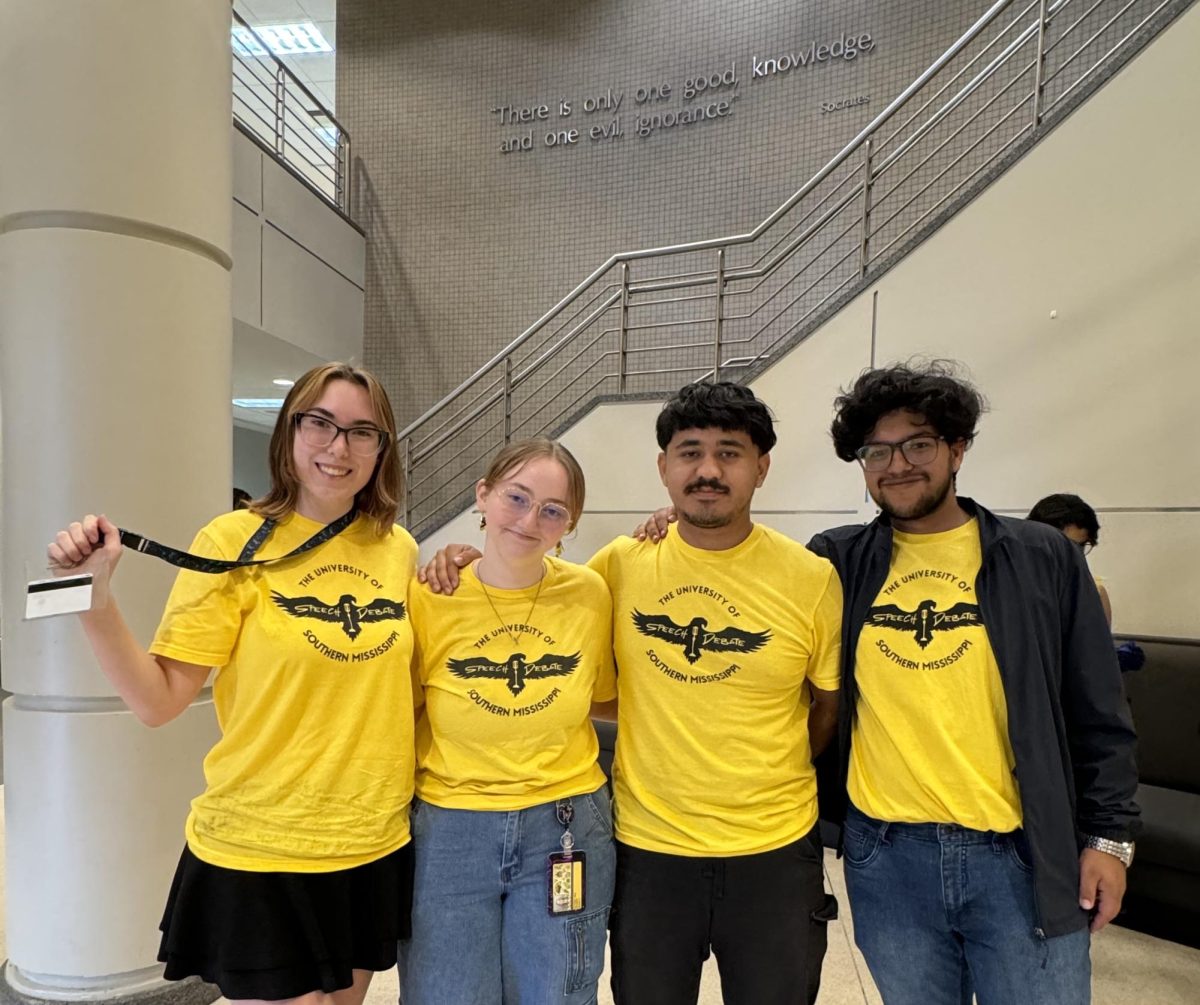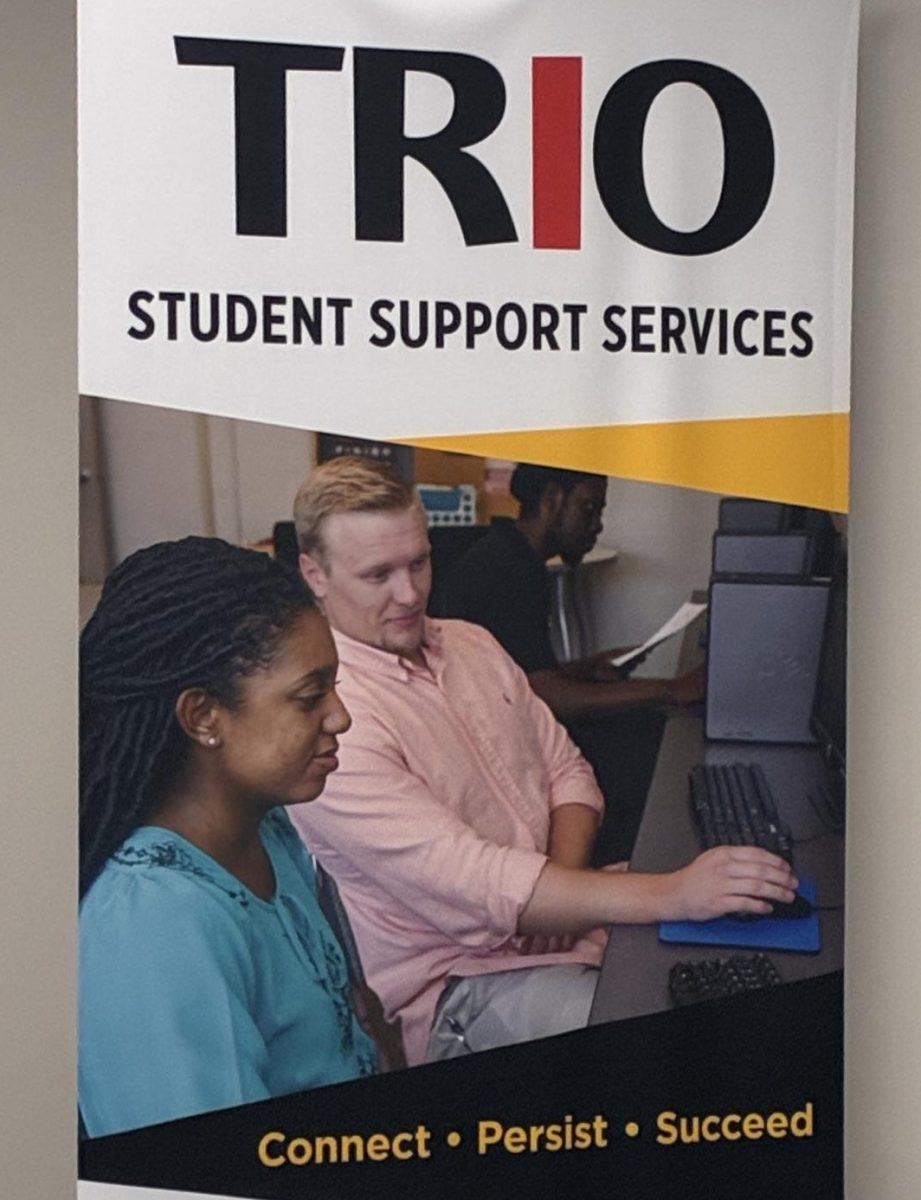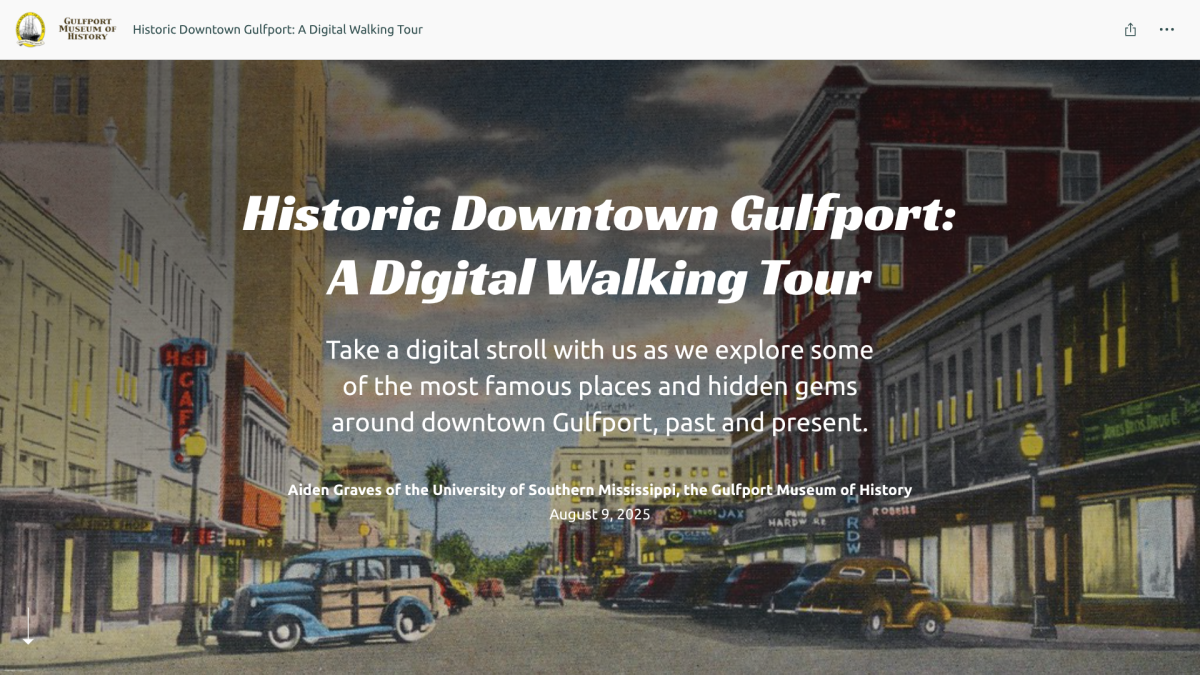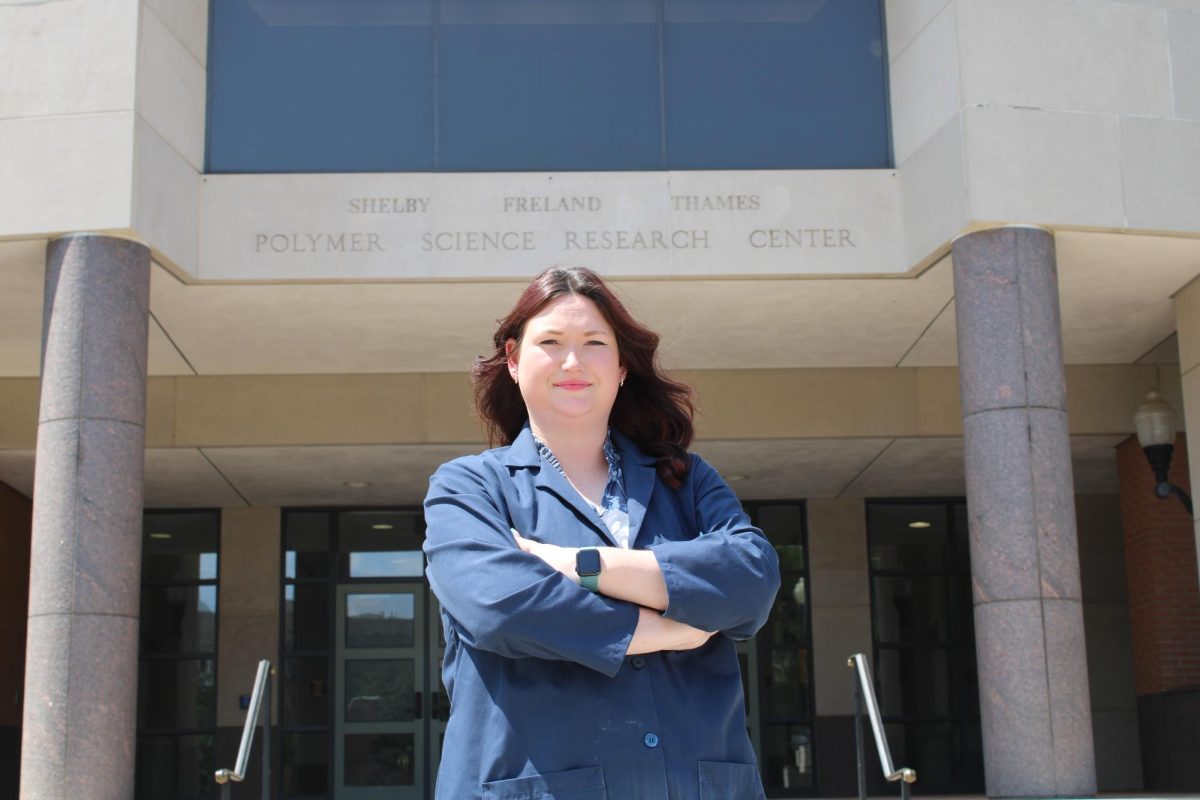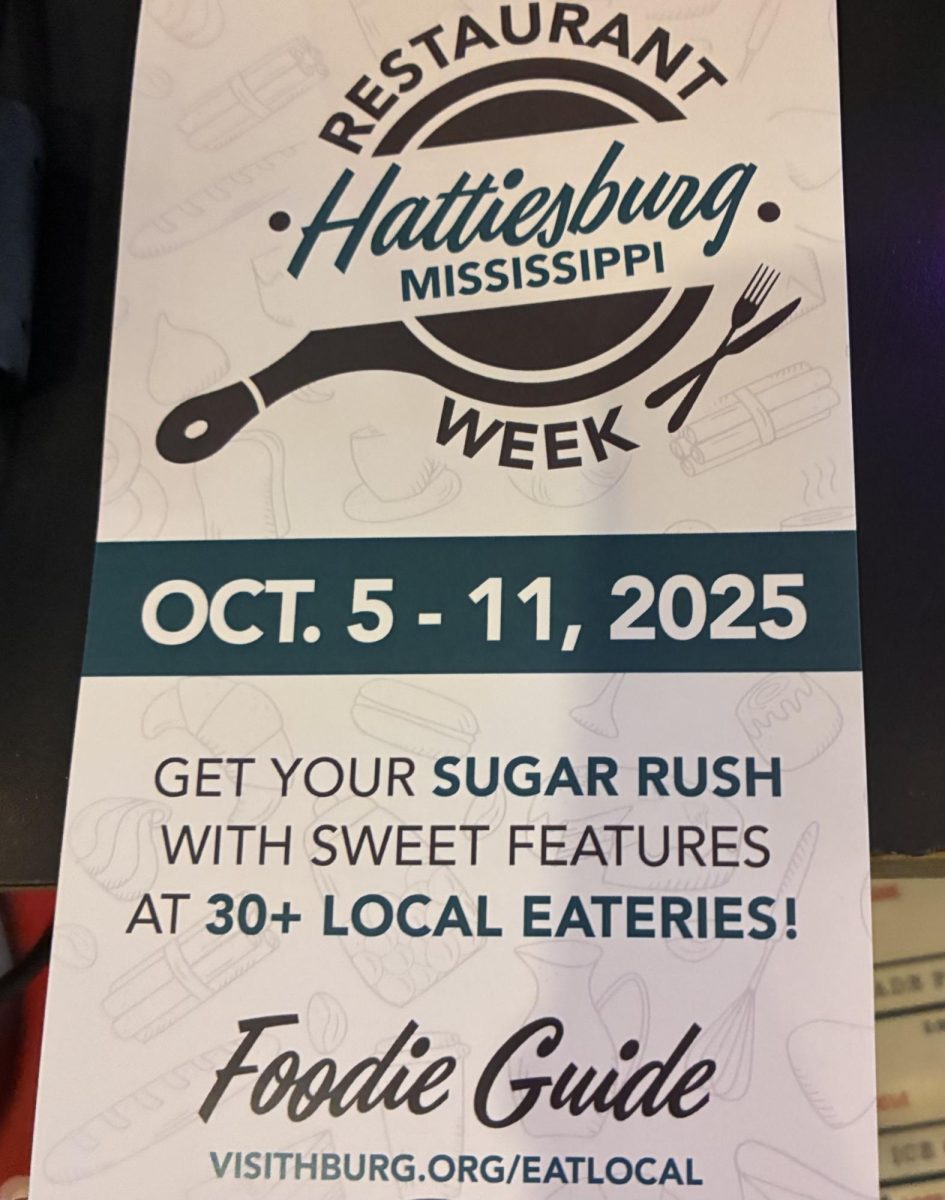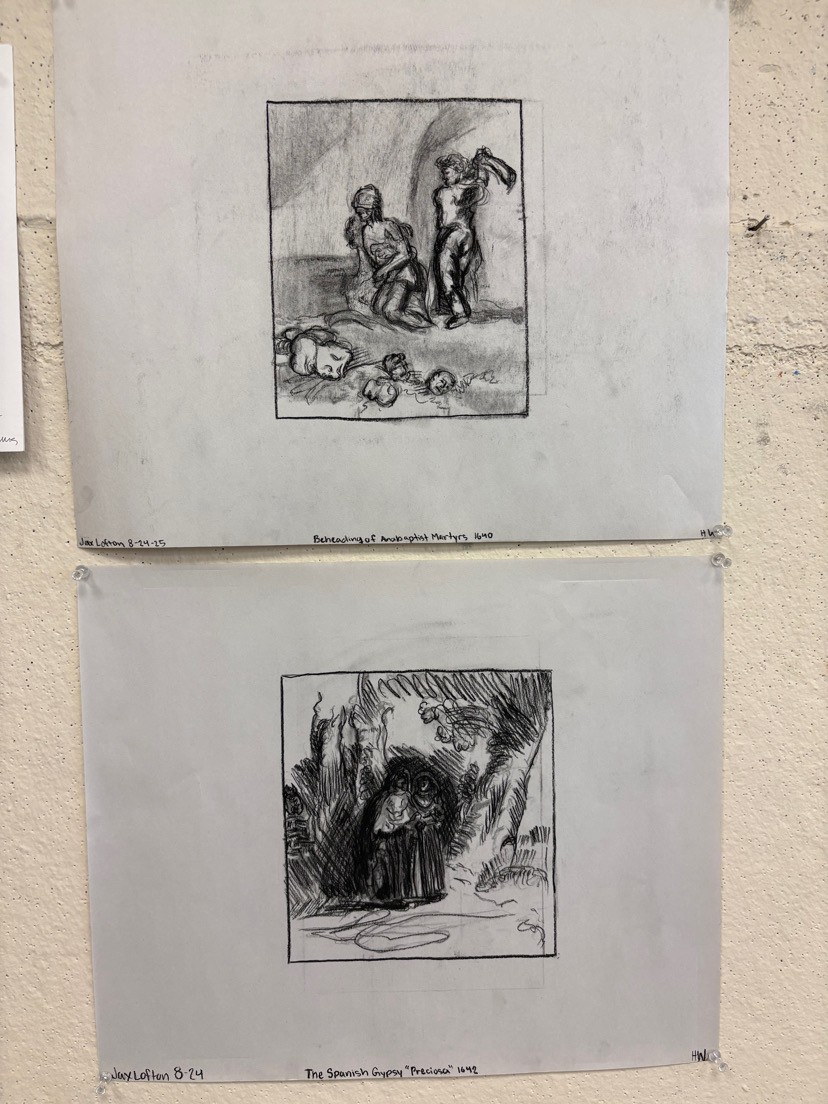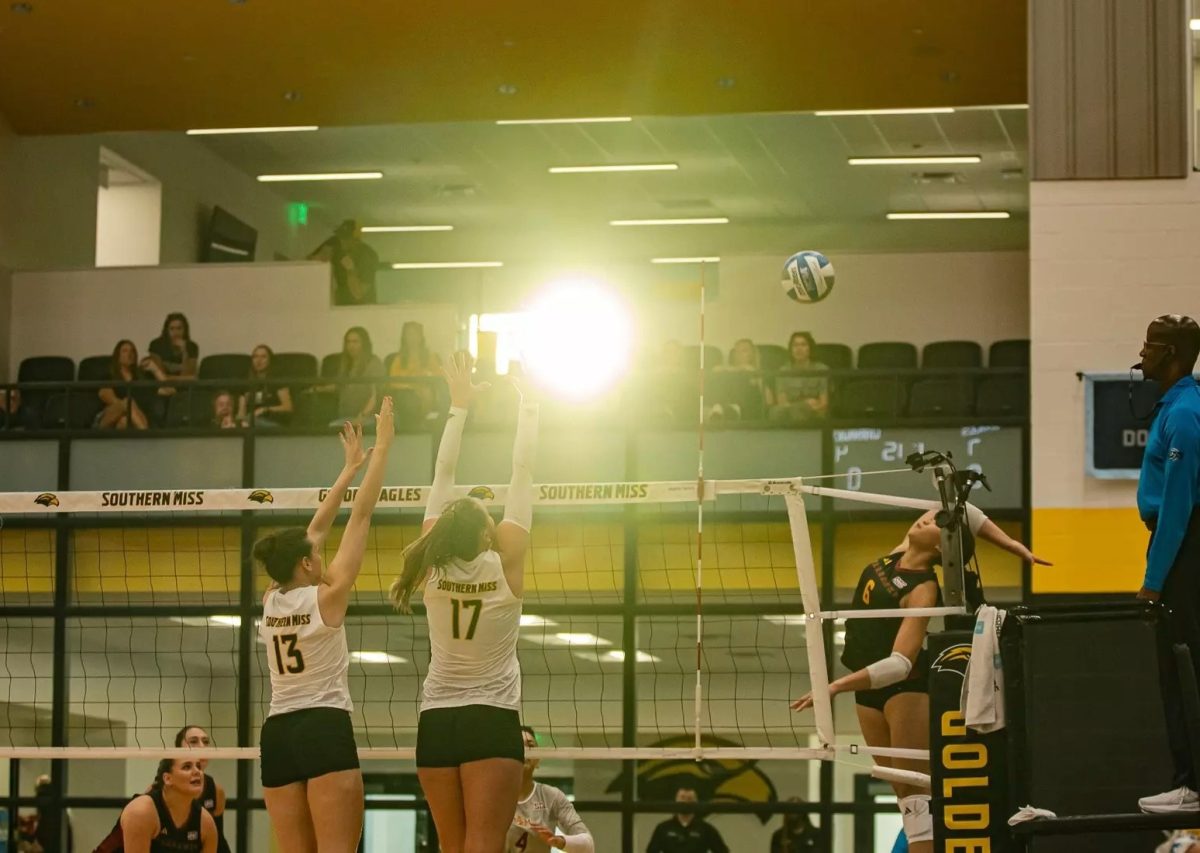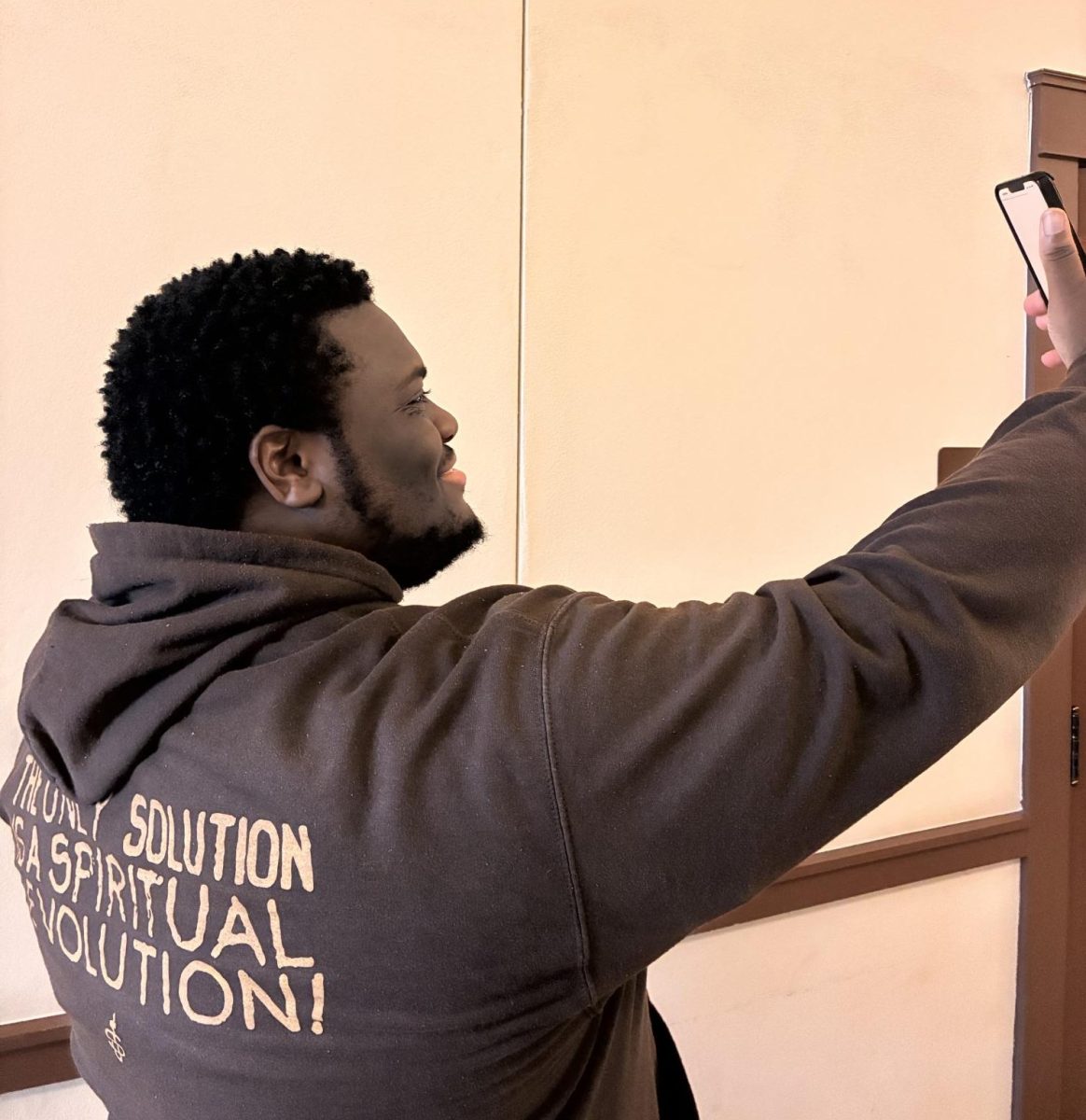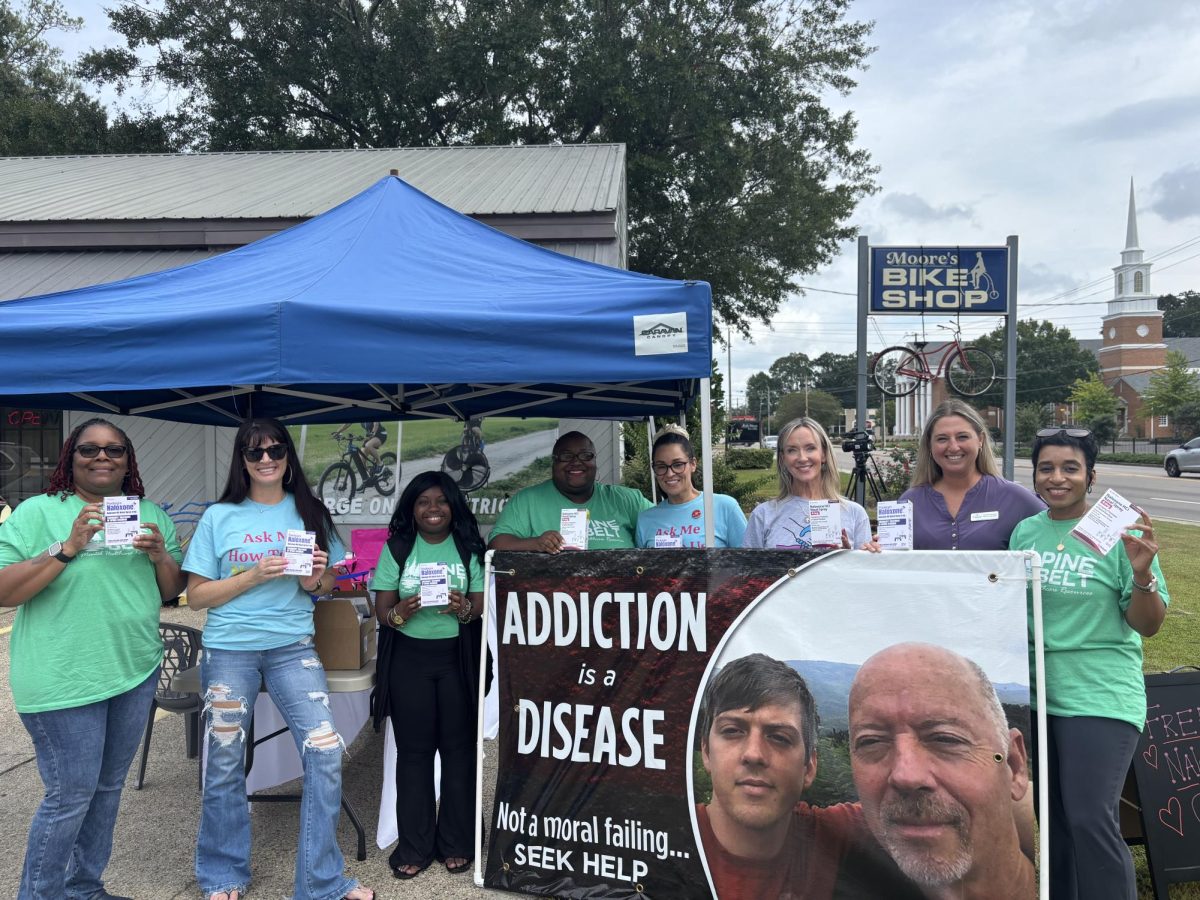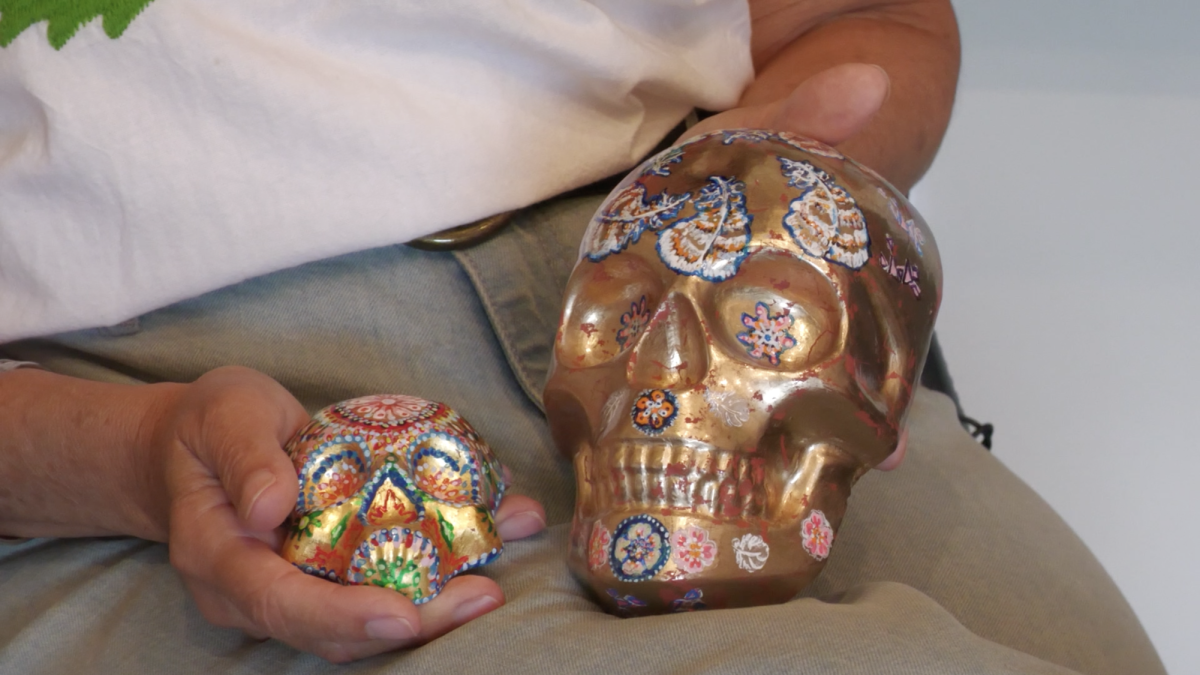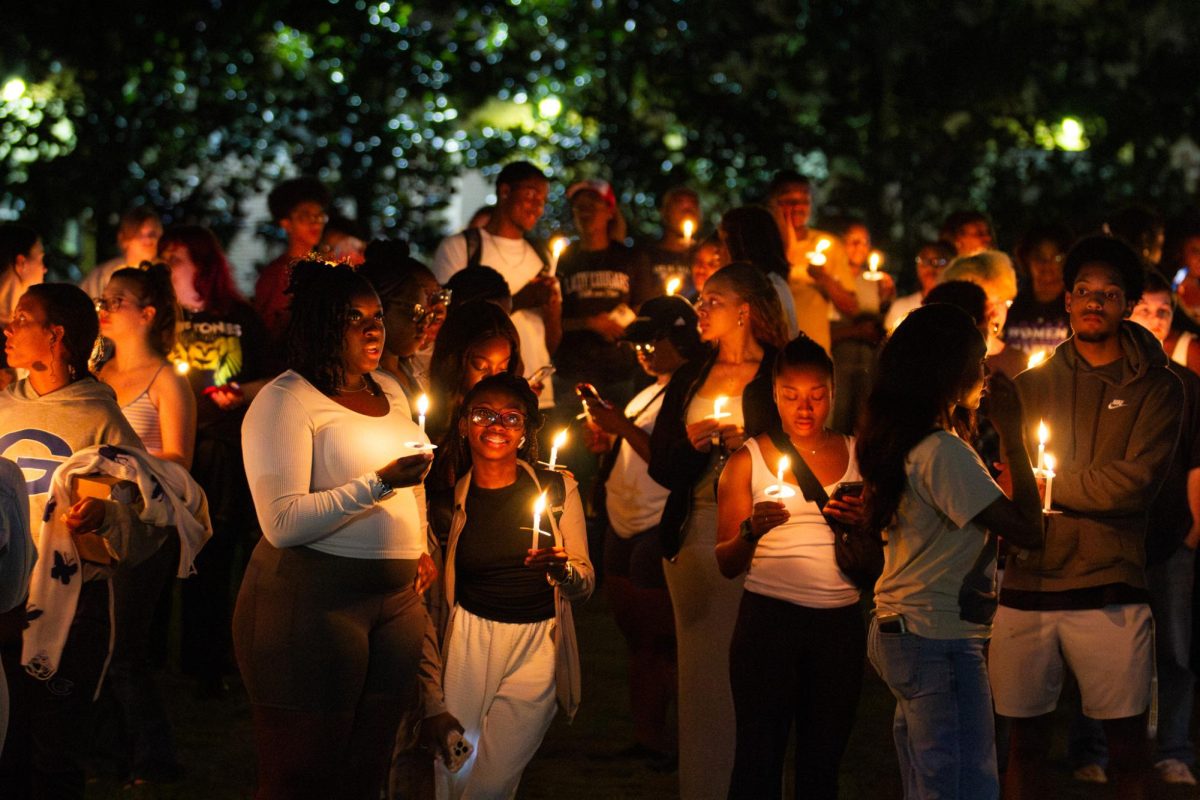In an era marked by rapid technological advancement and economic uncertainty, college students are increasingly making decisions about their futures based on fear rather than passion. From rising tuition costs to the looming impact of artificial intelligence, students are navigating a complex landscape where financial stability often outweighs personal interest.
A recent report by BestColleges reveals that more than half of the top 10 most popular college majors are in STEM fields, with healthcare leading the way. STEM majors boast a median annual wage of $101,650 — significantly higher than their non-STEM counterparts. This financial incentive is a major factor for students like Gerald Monroe, a computer science major at the University of Southern Mississippi.
“It’s a reassuring factor knowing that going into a major that upon graduating, I’d be able to care of my family and take care of personal matters,” Monroe said.
However, not all students feel secure about their financial futures. Travis Griffin, a social work major at Alcorn State University, sees graduate school as a necessary step toward financial stability.
“After I do complete my degree, I have to go to graduate school to get my master’s to make more money,” Griffin said.
The pressure to choose a practical career path often starts early. While children may dream of becoming dancers, athletes or police officers, family influence can shift those aspirations. Davion Cole, a graphic design major at USM, said his family’s expectations shaped his academic journey.
“Your parents and family sometimes want you to have something to build off of. You know you wanted to be an athlete when you first came up but it’s like no, you got to school. So, there was a little pressure from that,” Cole said.
Beyond finances, the rise of AI is another growing concern. Rusty Anderson, director of career services at USM, said students frequently express anxiety about how AI might affect their career prospects.
“AI technology has changed everybody’s job,” Anderson said. “Ten years ago, even three years ago, we didn’t have this problem. So, students are saying, ‘what is the future to look like for this particular career.’”
Monroe also echoed this sentiment, expressing uneasiness about AI’s evolution.
“There is a little bit of fear and uncertainty simply because of the fact that I’ve seen what AI is capable of, and it’s only getting more and more advanced as time goes on,” he said.
Despite these fears, many students still prioritize passion over practicality. Cole found his calling in graphic design through his love of drawing.
“The only consistent thing for me was drawing. Drawing things on my computer, just like small things like posters for fun,” he said. “It made me think that graphic design might be the way to go. It’s fun and useful and it led me to what I really wanted to do in my career.”
For Cole, happiness trumps financial gain.
“I could just never get down with it. Yeah, job security and finances stability you need that to survive, but at the end of the day I think I’d rather do something that makes me happy,” he said. “There’s no point in slaving away, making big bank and I’m not happy with it.”
Students today are torn between securing a stable future and following their hearts. While some choose majors for financial reasons, others pursue their passions despite the risks. Cole hopes to one day use his skills to help others.
“Maybe one day I can get into an artist firm where I can teach people how to make art and help people who feel lost as much as I do at this stage,” Cole said. “I think that is the best thing I can hope for.”



